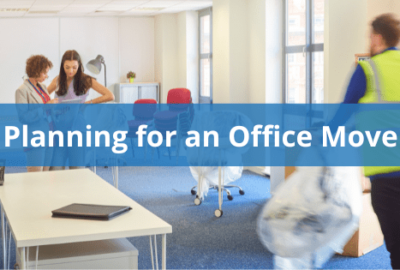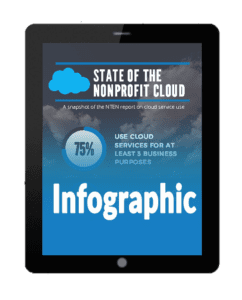Technology Planning
A Blueprint for Strategic Technology Planning
Stephen Byrne, Tech Networks of Boston
Without a blueprint, architects have no way to convey key information about a planned building such as its size, building materials, and positioning of features. Builders rely on blueprints to guide them through the entire construction process.
For an organization’s technology strategy to be effective, the blueprint must address 3 critical considerations:
- Will it work for the users?
- Is it scalable?
- Is it secure?
When we’re onboarding a client or setting up a new project at TNB, we use a planning blueprint to ensure the strategies developed are aligned to these essential criteria. Without organizing information ahead of time, there’s a risk of running over time and budget – which can have serious consequences, particularly in the non-profit space.
Lines of Communication
First, it’s important to listen. Just listen, carefully. Talk with stakeholders and staff about the technology they’re currently using. Find out what’s working and what isn’t. When we’re building the blueprint for an implementation or upgrade, it’s less about the tech and more about how people use the tech.
Over time, we discovered that matching hardware and software solutions to human needs is essential to a successful adoption of new technologies. Not the other way around.
Determine the View
Assessing the existing infrastructure and building a scalable solution is a no-brainer, but sometimes these steps are rushed or overlooked entirely. It stands to reason: once you know how a team uses technology in their jobs, you find ways to make it work better, so they can become more productive and have fewer hassles. But where will they be down the road?
We’ll interview leaders and decision-makers at the organization and ask questions that really pinpoint their vision for the future. It’s important to go beyond the mission statement to assess which technologies will enable an organization to do what they do, better.
The blueprint reflects a close examination of infrastructure – how old is the hardware? Is it up to snuff, in terms of policies, firmware, and security patches? If not, how much remediation is required to make it current? Discussions with the team will likely include Cloud-based technologies, and whether or not the organization is a good match.
Will it Scale?
Especially for non-profits, the burning question is, when will they recoup the costs associated with shifting to a Cloud-based server? Even with substantial discounts or free offerings, investing in the Cloud isn’t always the optimum use of an organization’s budget. Our blueprint needs to take into account any plans for expansion or new offerings in 3-5 years, which means the infrastructure must be scalable.
The solution is often found with technologies like Google Drive or the nonprofit version of Microsoft Office 365. Moving infrastructure off the premises can provide major benefits for an organization or business that needs flexibility for their remote workers. Similarly, if the non-profit lacks an in-house person to manage their technologies, Tech Networks of Boston can cover that.
Consider the Dimensions
Even if a Cloud-based solution is appropriate for your organization overall, there may be team members whose work takes them outside the office or who have needs (like running design software) that aren’t as efficient in the Cloud.
For example, TNB worked with a client who wanted unique features so the design team could use their software from virtually any location, not just their desktops. We identified Google Drive as a solution, because the service offers a local synchronization tool. Syncing to a service alleviated some of the latency for accessing files on the web-based portion, enabling the designers to work “locally” just about anywhere.
Secure the Foundation
Strategic technology planning must also help firms ensure that sensitive data is organized and secured. Even if your team loves collaboration, there’s a risk of too many versions of documents, creating time-consuming activity and confusion. We deploy training and organizational tools to improve document flow and reduce inefficiency.
Don’t ignore security matters, even if you run a non-profit firm. If your staff travels with laptops, are their devices encrypted in case of theft? Do you have a password policy in place?
Realistically, you can’t roll out all these changes overnight. By first setting down your strategy in a blueprint and then advancing to technology decision-making, you’ll stay on track and move your firm to where it needs to be.










